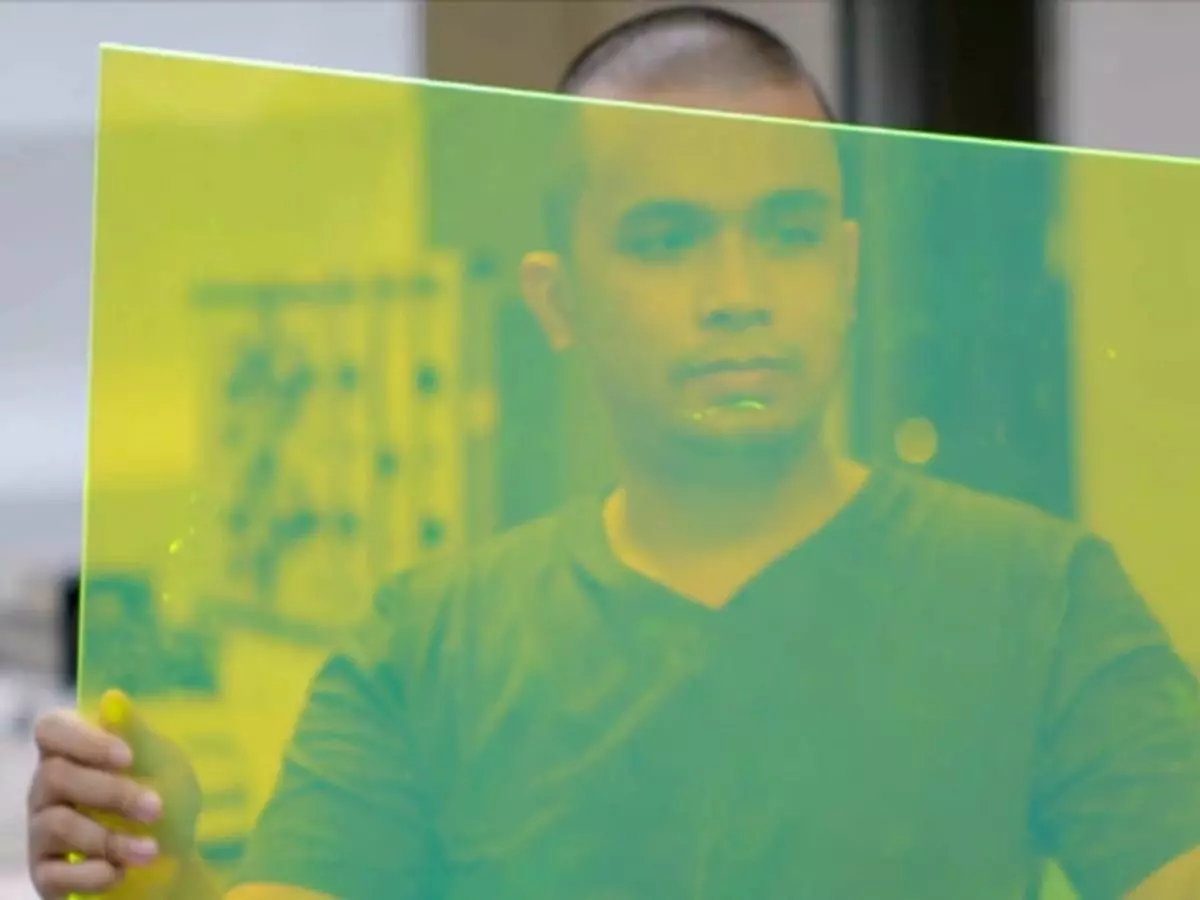Engineering Student Builds Solar Panels That Don't Need Direct Sunlight, Uses UV Light
The film is flexible, made of resin and can be used for various applications -- on clothes to power fitness gadgets, or create panels of a variety of dimensions and shapes.

Solar energy is proving to be the future for clean energy generation. However, it has its own set of drawbacks. Apart from being expensive to implement, it strongly relies on places where there¡¯s ample sun and even a cloudy day can ruin the energy generation process.
 James Dyson Foundation
James Dyson Foundation
Also Read: IIT Delhi Built Solar Panels That Track Sun's Movement To Generate More Electricity
However, now an engineer from the Philippines has developed a new kind of solar panel that doesn¡¯t really need sunlight to generate electricity. At least not directly.
Developed by Carvey Ehren Maigue, a student at Mapua University in the Philippines, the novel solar panels (called AuRES) are designed to feed off the UV rays of the sun -- something that even dense cloudy days cannot block.
For creating this, he used luminescent particles from fruit and vegetable waste. These are the same particles that absorb the sun's UV rays to turn them into visible light. The film thus converts the rays into visible light that¡¯s used to generate electricity.
These solar panels are currently in the prototype stage and created in a 3-by-2-foot panel that¡¯s installed on Maigue¡¯s apartment window. It is able to generate enough electricity to charge two phones each day.
 James Dyson Foundation
James Dyson Foundation
Also Read: IIT Guwahati Makes 20% More Efficient, Recyclable Solar Cells That Are Cheaper
The film is flexible, made of resin and can be used for various applications -- on clothes to power fitness gadgets, or create panels of a variety of dimensions and shapes. Scaled-up iterations of this could be able to power buildings, according to Maigue.
The idea has also won the Sustainability Award from the James Dyson Foundation in 2020.
Keep reading Indiatimes.com for the latest science and technology news.
